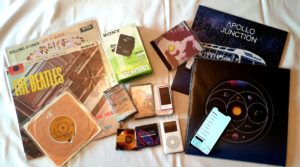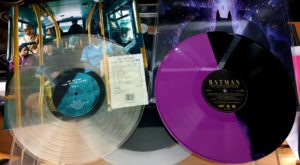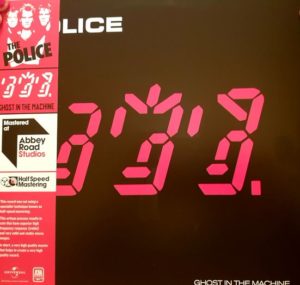
As the main medium in the 60’s and 70’s. it’s seen off competition from 8 track Cartridges, Cassettes, Compact Disc, Mini disc, Mp3 & WAV downloads from digital media platforms. Yes, were talking about vinyl records.
The last few years have seen a huge renaissance in the popularity of the format in the sales of vinyl albums. Vinyl revenues have increased by 30.5% year on year to £86.5 million (the highest total since 1989) BPI chief executive Geoff Taylor predicted that 2021 is the year that vinyl sales revenue will outstrip those from CD’s. Something they haven’t done for over three decades.
Although I do listen to music on all the other formats, I adore the concept of vinyl. There is just something more tangible and tactile about the whole process of playing a record that you just don’t get from other sources, particularly digital downloads. The covers and artwork of many albums and inner sleeves have become iconic images. With albums you can actually read the lyrics and production credits. The analogue sound produced on vinyl also carries more warmth than CD or the digital download.
Playing a record also encourages you to listen to the whole album, rather than just listening to one downloaded track, or skipping songs.
When you buy your album these days there is a sense of beauty to the product. It has to be handled, treated and stored with care to prevent damage. To an audiophile there is nothing worse than ticks, crackles and pop caused by damage when mishandling the record, or worse still, warpage from poor storage.
Most of the major high street record retailers from the past have fallen by the wayside, such as Virgin, Tower Records and Woolworth to name a few. With the exception of HMV it has been left to the local independent stores in various towns and cities across the UK. Shops like Rough Trade Records in London, Probe Records in Liverpool or Piccadilly Records in Manchester, along with many others to keep the vinyl addicts supplied with their products.
Who’s buying all this vinyl? Well quite a few people as we can see from the figures. These range from adults who want to update or add to their collection, those who are reminiscing and re-starting their record collection and youngsters getting their first taste of vinyl.
But now, as sales are soaring individual albums are available in not just ordinary Black vinyl, but Gold, Silver, Red, Blue, or Splatter & Marbled limited editions, usually bought by the record collector. Many new albums and re-issues are also Remastered at half speed on 180grm vinyl.

What does this mean? Half speed mastering is a process that uses new technology. Where the master disc is cut at half speed. So for example 162/3rpm for a 331/3rpm disc. This slowing down process enables the groove to be carved more accurately giving a far better sound reproduction. So long as the factory makes a good pressing, it will sound better at home. No matter how good your turntable is. 180grm is the weight preferred by audiophiles. Put simply the thickness of the vinyl. This tends to produce a heavier and more durable record less prone to warpage. However if a disc is pressed on regular 140grm vinyl and has been mastered well, it will sound just as good as that on 180grm.

If you’re looking to start or add to your record collection, then the independent shops are possibly the place to start looking. Many have not only new or re-issued vinyl, but also second-hand stock. Another good place to visit are the various record fairs that take place most weekends around the country. These are like visiting several record shops all based in one building. Prices can be cheap, particularly when browsing in the bargain crates and dealers will often be receptive to a bit of haggling for a good discount. All in all the future is looking bright for the vinyl record.


